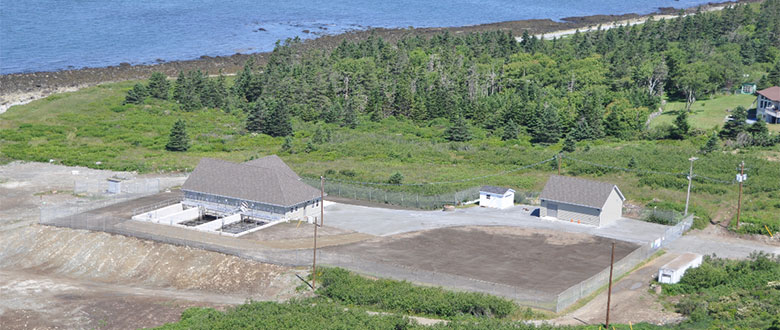Last week, the Federation of Canadian Municipalities (FCM) released the annual report on its Green Municipal Fund (GMF), which through 2016 and 2017 informed FCM’s work on capacity building in the water and wastewater project space.
In a letter addressed to its stakeholders, FCM’s president, Jenny Gerbasi, and member of the GMF council, Ben Hednerson, said “During 2016–2017, GMF invested $74 million in loans and grants for 9 capital projects, and $9 million in grants for 71 plans, studies and pilot projects across the country, with many more municipalities benefitting directly from GMF knowledge services.”
According to FCM staff, through 2016 and 2017, the knowledge services team at FCM examined twelve projects of varying technical specifications—such as, conventional builds, new technology implementation, retrofits, and new capital projects—and found recurrences in the procedural and governance elements. Using these recurrent elements, the team delivered programming to “maximize the national impact of projects, GMF prioritizes innovation, replication and scalability.” This included a variety of webinars and a three-part series on wastewater treatment plant upgrades.
The annual report highlights two water projects: the wastewater treatment facility in Nova Scotia’s District of Argyle and Barrie, Ontario’s wastewater treatment plant. GMF provided the two projects with a combined $3.7 million in funding. Upgrades included:
Argyle
- A sequence-batch reactor
- An ultraviolet disinfection system
- A dewatering sludge management system
Barrie
- A second high-pressure sodium ultraviolet system
- A UNOX system and rotating biological contactors
- High-efficiency motors and light bulbs
- A biological odour-control unit

View of West Pubnico Water Treatment Facility Site in District of Argyle, NS. (Credit: Brad d’Entremont)
The projects resulted in improvements to energy efficiency at Argyle, which used heat output from the sequential batch reactor and sludge tanks for an in-floor heat system. While the Barrie facility’s improvements allowed it to reduce electricity and natural gas usage, resulting in an overall decrease in energy consumption.
Presently, the GMF team is keeping a close eye on three projects: the Coburg wastewater treatment plant pilot project (replacing chlorine treatment with ozonation); wastewater recovery from organic waste treatment to irrigate a short-rotation willow tree plantation in the regional county municipality of Rocher-Percé; and the Cumberland Liquid Waste Management Plan.
The three projects are notable, because:
Coburg
- it’s challenging the assumption that ultra violet is cheaper than ozonation;
- if successful, it will increase the oxygen content of the effluent, assisting receiving waters;
- it will be safer for staff.
Rocher-Percé
- it’s implementing a closed-loop, onsite treatment;
- it provides benefits, such as low O&M costs, implements biological treatment, wastewater transportation, and improves the ease of operation;
- it’s also a pilot to better examine the benefits of using the willow (beyond its use as an additive to compost.)
Cumberland
- this project adopts creative solutions for new capital projects, such as prefabrication.
Including these three projects, FCM and the GMF funded twelve projects in 2017, each of which promises to advance the capacity of Canadian municipalities to deliver environmentally sound water management systems, particularly in municipalities of 30,000 people or fewer. Just as previously funded projects, such as Argyle and Barrie, have achieved substantial improvements in effluent quality and energy use.
The annual report is available on FCM’s website.









